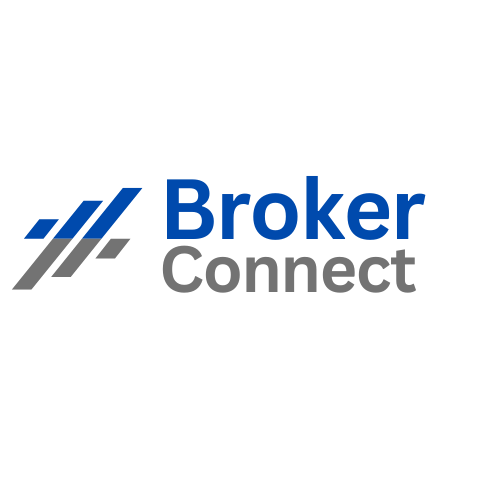Strategic analysis of emerging group health insurance trends impacting small businesses in 2025. Explores telehealth integration, mental health benefits expansion, and cost-containment strategies with actionable implementation roadmaps for HR teams and business owners.
Rising premiums, shifting employee expectations, and new regulations are converging to make group health insurance decisions more complex than ever for small businesses. Fail to adapt, and you risk spiraling costs and a talent exodus. Act strategically, and you can transform your health plan into a genuine competitive advantage.
Why 2025 Marks a Turning Point for Group Health Insurance
Escalating Costs You Can’t Ignore
According to Mercer, employers expect average health-benefit expenses to climb roughly 5.4 % in 2024, with similar pressure forecast for 2025. Specialty drugs, inflation, and post-pandemic utilization spikes drive the surge. For small firms without deep reserves, every percentage point hurts.
A Workforce That Demands More
After years of disrupted routines, employees increasingly view comprehensive coverage as a non-negotiable. Enhanced mental-health access, virtual care, and personalized plan options are no longer perks but baseline expectations.
Five Trends Reshaping Small-Business Health Benefits in 2025
1. Integrated Virtual Care Becomes Standard
« Selon Forbes Advisor », telehealth has moved from emergency solution to first point of contact. In 2025, carriers embed virtual primary-care networks directly into group health insurance plans, cutting wait times and reducing costly ER visits.
2. Mental-Health Benefits Go Mainstream
Mercer notes that 94 % of employers rank mental wellness high on their three-year agenda. Expect wider Employee Assistance Programs, app-based therapy, and on-demand counseling—critical for retention in a competitive market.
3. Specialty-Drug Cost Management Intensifies
Weight-loss and diabetes medications such as GLP-1 agonists can cost thousands per month. Willis Towers Watson projects double-digit pharmacy inflation, forcing businesses to adopt prior-authorization rules, step-therapy protocols, and value-based purchasing arrangements.
4. Flexible Funding Models Expand
Individual Coverage Health Reimbursement Arrangements (ICHRAs) and level-funded plans give employers predictable budgets while granting employees plan choice. Adoption among small companies is expected to accelerate as regulatory clarity grows.
5. Data-Driven Wellness Finally Delivers ROI
Wearables, claims analytics, and personalized coaching converge to identify risks early and reward healthy behavior. Successful programs tie incentives to measurable outcomes—lower A1C, reduced blood pressure—not just participation.
Data Snapshot: What the Numbers Mean for Your Budget
- $23,968 — Average annual family premium for small-firm workers in 2023 (KFF).
- 88 % — Employers offering telehealth for minor conditions (KFF).
- 5.4 % — Projected average cost hike despite plan tweaks (Mercer).
Multiply those figures by your employee count, and it becomes clear why a proactive approach to group health insurance is mission-critical.
Actionable Playbook: Four Cost-Containment Strategies That Work
High-Deductible Health Plans (HDHP) + Health Savings Accounts (HSA)
Pairing lower premiums with tax-advantaged savings, HDHP+HSA models encourage smarter healthcare shopping and let unused dollars roll over indefinitely.
Individual Coverage HRAs
Set a fixed, tax-free allowance per employee while transferring plan-selection responsibility to the individual marketplace. Budget predictability for you, flexibility for them.
Level-Funded Plans
Combine the stability of fully insured coverage with the rebate potential of self-funding. If claims run low, your firm receives a year-end refund—cash that can offset next year’s premiums.
Partnering With a PEO
Professional Employer Organizations pool multiple businesses, unlocking large-group rates and richer benefits you couldn’t secure on your own.
Implementation Roadmap for HR Teams
- Audit Current Spend — Identify top cost drivers (pharmacy, ER, high-cost claimants).
- Survey Employees — Gauge appetite for virtual care, HDHPs, and wellness perks.
- Model Plan Scenarios — Compare fully insured, level-funded, and ICHRA budgets over three years.
- Negotiate With Carriers — Leverage data and broker expertise to lock in multi-year rate caps where possible.
- Communicate Clearly — Explain deductibles, HSA advantages, and mental-health resources using plain language and multiple channels.
- Measure & Iterate — Track utilization, absenteeism, and employee satisfaction quarterly. Adjust programs accordingly.
FAQ: Common Questions About Group Health Insurance in 2025
What’s the difference between fully insured and self-funded plans?
In a fully insured model, the carrier assumes claim risk for a set premium. With self-funding, the employer pays claims directly, accepting more volatility but gaining potential savings.
How can a small business offer competitive benefits without breaking the bank?
Mix lower-premium HDHP options with employer HSA contributions, integrate telehealth, and highlight the full value of your benefits package—wellness stipends, EAP access, and financial-wellness tools—not just premium costs.
Are virtual-only plans viable?
For some demographics, yes. However, ensure that in-person networks remain accessible for emergencies and complex care to avoid employee backlash.
Expert Insight
« In a tight labor market, a high-performing health and well-being program is a key differentiator », explique Tracy Watts de Mercer. « Focusing on employee well-being builds an energized, productive workforce. »
Your Next Step
Ready to refine your group health insurance strategy and control costs in 2025? Contact Broker Connect LLC today for a tailored consultation.


